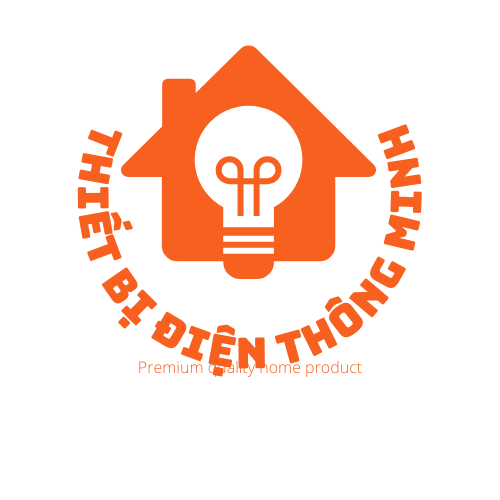Anomalous events continue drawing research focus through contemporary approaches combining scientific instruments and theoretical frameworks. This analysis combines insights from 15 sources to explore recent advancements in apparition research tools and psi phenomena studies[1][3][6].
## Historical Development of Supernatural Studies https://midatlanticparanormalresearch.com/
### Pioneering Methodical Examinations
London’s Psychical Research Center pioneered regulated tests using atmospheric sensors and Dictaphones to capture mediumistic events[1][9].
Philip experiment (1972) showed apparent telekinesis through table levitations, questioning academic assumptions[5][13].
## Key Methodologies
### Scientific Instruments
– Electromagnetic field detectors: Measure energy fluctuations linked to paranormal activity[3][6][11]
– Heat-sensing recorders: Identify cold/hot spots correlated with alleged ghost activity[6][12]
– Radio frequency scanners: Interpret electronic voice phenomena through chaotic wave scanning[11][12]
### Information Assessment Methods
Parapsychologists employ:
– Reference data collection to establish norms[6][12]
– Impartial assessment of sensory data[12][14]
– Peer review through symposiums[2][10]
## Current Innovations
Freiburg Research Symposium will present cutting-edge research on:
– Microphysical perception hypotheses[2][10]
– AI-assisted evidence analysis[14][15]
– Cross-cultural paranormal reports[4][7]
Anomaly Documentation Site publishes visual documentation of spiritual interaction[4][15].
## Research Limitations
Detailed assessments identify:
– Expectation distortion in subjective experiences[9][13]
– EM pollution mimicking paranormal signatures[3][8]
– Cognitive function correlations with acceptance tendencies[13][14]
## Future Directions
Supernatural science is progressing through:
1. Uniform procedures for information acquisition[10][12]
2. Cross-field partnerships with brain researchers[13][14]
3. Quantum measurement tools capable of monitoring multidimensional energy patterns[6][14]
Dr. Marina Antoniou emphasizes: “Proper tool verification remains vital to differentiate authentic phenomena from natural fluctuations”[3][8].
